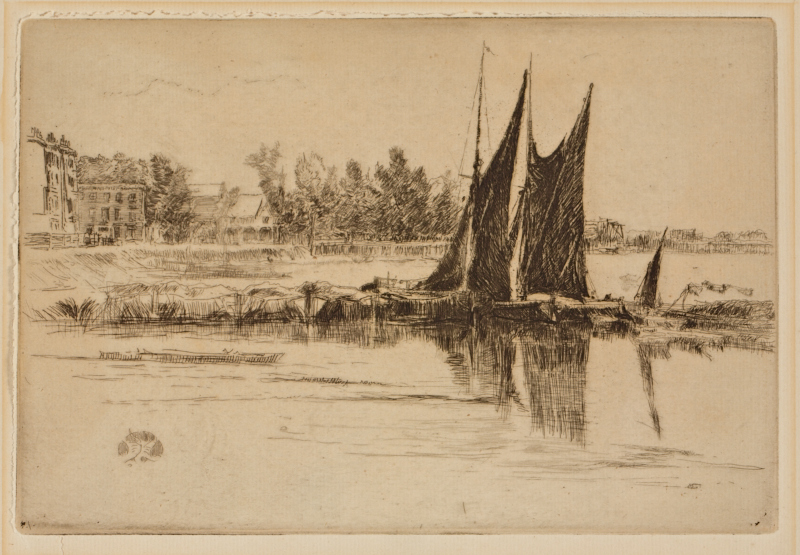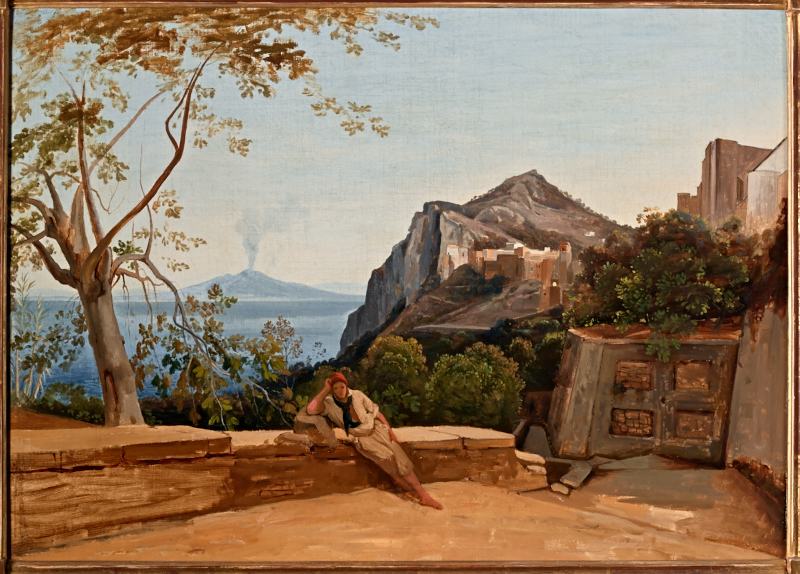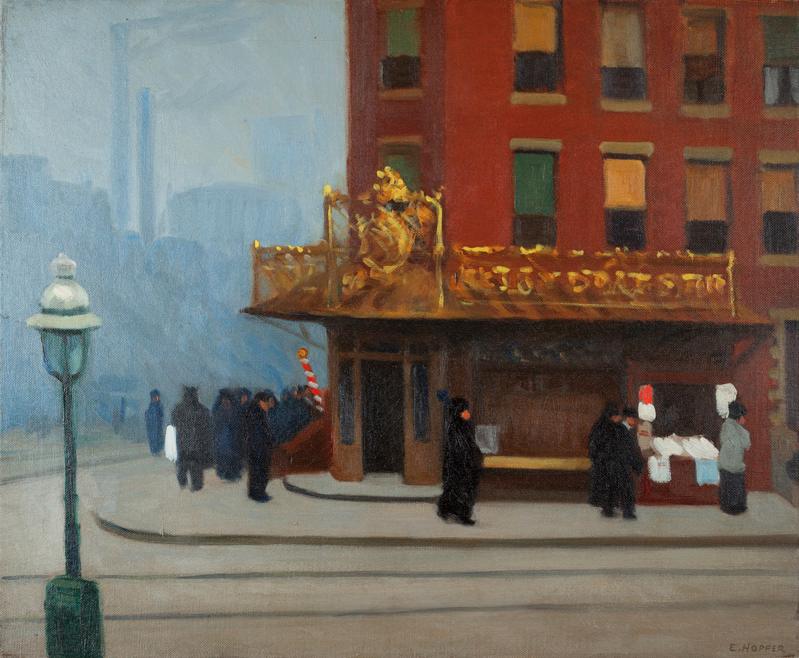I’ve been playing guitar off and on for most of my life, and I’d be the first to admit that I’m not the most spectacular musician. I do it for joy and don’t sweat my musical limitations too much. This is a good thing; otherwise I might find myself seething with mad envy—like F. Murray Abraham’s Salieri—upon realizing that in 15 lifetimes I’d never be as good as young French prodigy Tina S is at 15 years of age. Tina has sent guitar nerds everywhere fleeing to their bedrooms, working their fingers bloody in furious efforts to match her speed and accuracy. Watch her flawlessly rip through Yngwie Malmsteen’s “Arpeggios from Hell” above, ye mighty shredders, and despair. See her destroy Steve Vai’s “Paganini 5th Caprice (Crossroads)” below, ye monsters of rock, and rend your denim vests asunder with grief.
The baroque speed metal of Malmsteen and Vai aren’t really my bag, but I have to say, there’s maybe a little Salieri voice cackling into the void in the back of my mind when I watch Tina’s videos. Maybe she’s a one-trick-pony, it tells me, playing arpeggios all day like a few hundred other guitarists in the audition line for a hundred metal bands in a hundred cities a day—players who couldn’t slow down and play the blues if they were heavily medicated.
So says my inner Salieri. But no, there she is below, flawlessly pulling off the “Comfortably Numb” solo, her bends and slides so impeccably timed I could close my eyes and almost swear it’s David Gilmour. Sigh and alas.
But can she do Van Halen, you rightly ask? Because, you know, anyone can play Malmsteen, Vai, and Gilmour, but Eddie Van Halen, c’mon…. Yet there she is below, with a searing rendition of “Eruption,” a song guitarists who learn Van Halen often avoid for reasons that will likely become evident when you see Tina play it. Is she too much technique, too little soul, you say? Yeah, well, she’s 15, and better than most of us are at twice that age. Comments on her videos include the following: “I want to throw my guitar out the window” and “This makes me want to kill myself.” In all seriousness, I hope anyone who genuinely feels this way seeks help. Also in all seriousness, don’t despair. Do what you do and enjoy it. And maybe after many long lifetimes you’ll be reborn as a Parisian guitar prodigy.
That Tina S has obvious natural ability in no way means she hasn’t had to work hard for this level of skill. On the contrary, anyone this good gets there through endless regular practice and the guidance of a talented teacher (in this case, French guitarist Renaud Louis-Servais). Tina posted her first video in 2008 at the tender age of 8, playing a composition by guitarist Maria Linnemann. You can see her below honing the classical chops that she later put to ludicrously fast use on a metal tribute to Vivaldi.
But does she do Mozart? Not so far on her Youtube channel, where you’ll find more early acoustic performances, like “Let it Be” and “Hotel California,” and more recent shredfests like Jason Becker’s “Altitudes.” To learn just how Tina views her own musicianship and sees her future as a guitarist, read this interview with her on the Guitar Channel. “I have not yet started my career as a guitarist,” she deadpans. Many would-be Salieris have already sworn to end theirs after watching her videos.
Related Content:
Fourteen-Year-Old Girl’s Blistering Heavy Metal Performance of Vivaldi
Great Violinists Playing as Kids: Itzhak Perlman, Anne-Sophie Mutter, & More
The Guitar Prodigy from Karachi
Josh Jones is a writer and musician based in Durham, NC. Follow him at @jdmagness





